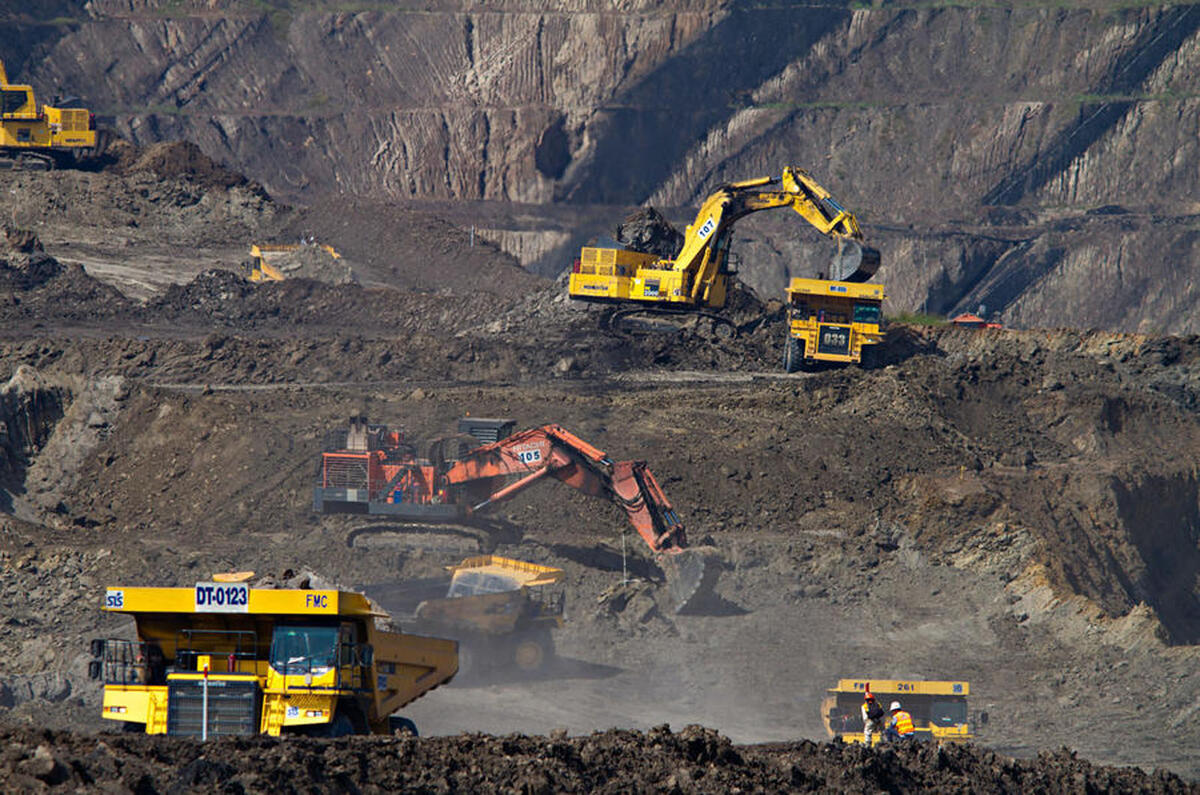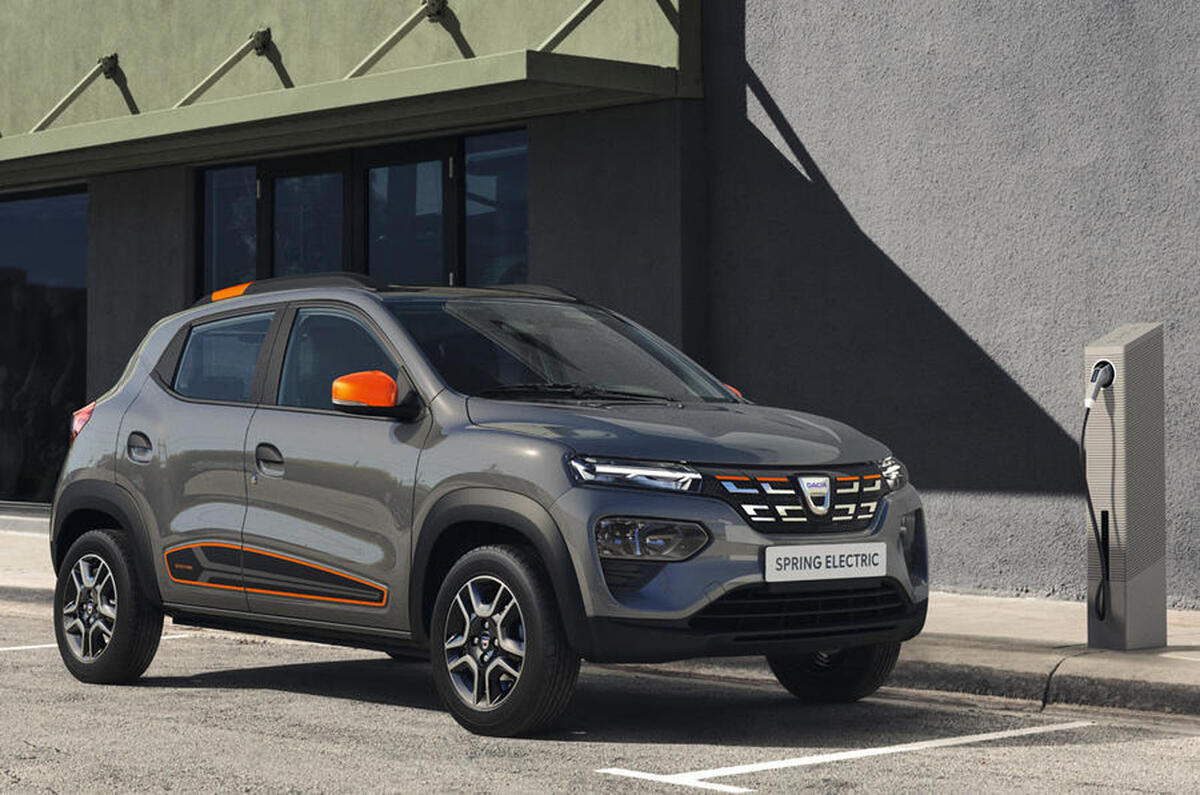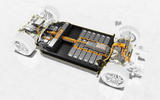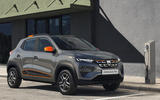The huge spike in raw materials prices that reversed the downward trend in battery prices is now easing, according to bank analysts studying the market.
Russia’s war on Ukraine, combined with a surge in demand from car companies looking to secure supply for ever more ambitious EV growth plans, pushed prices of raw materials such as nickel, lithium and cobalt to record levels in March.











Add your comment